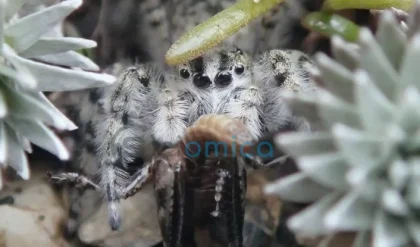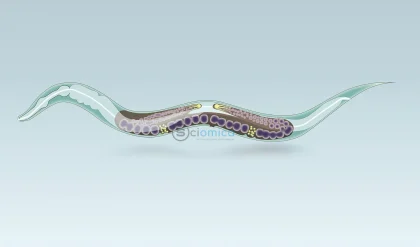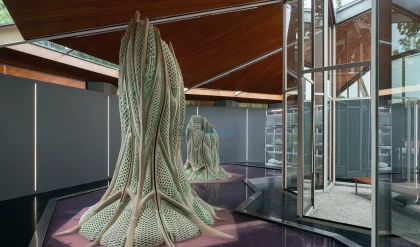
Recent research published in the journal Current Biology on June 23 reveals groundbreaking insights into the tool-making behavior of southern resident killer whales, a critically endangered population residing in the Salish Sea, located between British Columbia and Washington State. This study uncovers that these intelligent marine mammals not only use tools but also manufacture them from bull kelp, primarily for grooming purposes, a behavior previously undocumented in marine species.
Michael Weiss, a researcher with the Center for Whale Research in Friday Harbor, Washington, spoke about the significance of these findings. “We found that southern resident killer whales regularly use lengths of bull kelp during social interactions, apparently as a tool to groom one another,” Weiss stated. The whales create tools by breaking off the ends of bull kelp stalks, which they then use to groom their social partners by rolling the kelp against their bodies for extended periods.
This extraordinary observation was made during aerial surveys of these whales, a population whose numbers have dwindled to fewer than 80 individuals in the Pacific Northwest. The research team has been closely monitoring the southern resident killer whales since 2018 to understand their foraging and social behaviors better. “While there are other killer whale populations globally, the southern residents represent a uniquely genetically, ecologically, and culturally distinct group,” Weiss noted.
The researchers documented this tool use behavior in various social groups, involving both sexes and all age classes of whales. They observed that the whales tended to groom their close relatives or partners of similar ages. Importantly, there was also some evidence suggesting that whales with higher amounts of molting or dead skin engaged in grooming more frequently, hinting at the hygienic purpose of this behavior.
Weiss expressed his astonishment at the discovery, declaring, “What I find most remarkable is that despite this apparently being a common behavior — we see it most days we fly our drone over these whales — it hadn’t been documented in this population, despite nearly 50 years of dedicated observation.” This underscores the importance of utilizing advanced observational techniques in wildlife research, ensuring that new discoveries can still be made about these complex creatures.
The research does raise questions about whether this grooming behavior is exclusive to the southern resident killer whales or if it may be found in other populations or species. Nonetheless, the findings pave the way for a deeper understanding of tool use in marine mammals, illustrating that such behavior can manifest in diverse contexts.
Weiss concluded by emphasizing the cultural and societal implications of these findings, indicating, “This discovery highlights yet another facet of the southern resident killer whales’ unique society and culture and underscores the urgency to restore their population.” The study received funding from various organizations, including the UK Natural Environment Research Council, the Orca Fund, and the National Oceanic and Atmospheric Administration, among others, reflecting the collaborative efforts toward conservation and research in marine biology.
Reference:
- Michael N. Weiss, Rachel E. John, Alondra M. Caro-Ruiz, David K. Ellifrit, Charli A. Grimes, Taylor A. Redmond, Arlene A. Vargas, Darren P. Croft. Manufacture and use of allogrooming tools by wild killer whales. Current Biology, 2025; 35 (12): R599 DOI: 10.1016/j.cub.2025.04.021






